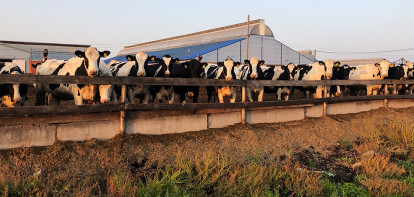Analysis Dairy
Bird flu impacts milk production in California
The many outbreaks of bird flu (H5N1) in California have a major impact on milk production. In November, production in the state was nearly 10% lower than a year earlier. Due to the decline in the largest dairy state in the United States, there is also a trend break in the overall milk production in the country.
With a little over 7,790,900 tons, the milk supply in the 24 largest dairy states last month was about 1% lower than in November a year ago, when the milk supply was 7,852,140 tons. Even the five-year average of 7,852,950 tons was not surpassed last month. In fact, the milk supply was the lowest since November 2019. In the years following, November always performed better than this year.
State of Emergency
The decline can be traced to the U.S. West Coast. In California, bird flu is spreading rapidly on dairy farms. The virus was first detected in August and has now affected 650 farms. This is more than half of the total number of dairy farms in this state, which has a total of 1.7 million cows. On average, a farm has over 1,700 cows. With 1.34 million tons, last month's supply was a whopping 9.2% below last year's level. In September, the Californian milk supply was still equal to that of the same month in 2023. In October, a (slight) decline was already visible.
The U.S. Department of Agriculture USDA still claims to have control over how the virus spreads, but epidemiologists strongly doubt this. This week, Gavin Newsom, governor of California, declared a state of emergency. This gives the government more resources to get the virus under control faster.

Alex Jurvillier
© DCA Market Intelligence. Op deze marktinformatie berust auteursrecht. Het is niet toegestaan de inhoud te vermenigvuldigen, distribueren, verspreiden of tegen vergoeding beschikbaar te stellen aan derden, in welke vorm dan ook, zonder de uitdrukkelijke, schriftelijke, toestemming van DCA Market Intelligence.
